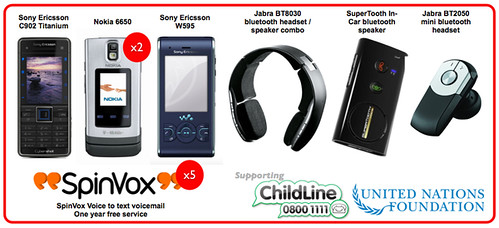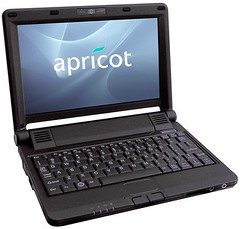
The IIR Next Generation Billing conference was an excellent opportunity to meet with existing friends in the billing community and make many new ones.
The discussion panels I participated in were a good opportunity to share some of the areas I've been looking at and take away ideas from others. We discussed themes including the move from a product centric to a customer centric world; simplicity, predictability and certainty in tariffs and charging; and strategies for maximising the customer propensity to pay.
There was a lot of good stuff discussed at the conference but some points particularly struck me:
- People are no longer talking about ‘billing’ but about ‘revenue management’, as billing is only a part of the process
- Organise a billing system that copes with ‘chaos’, i.e. you need to be able to bill whatever the salespeople need to sell
- Don't over-engineer solutions - NASA spent a fortune developing zero gravity pens for their space programme, the Russians used pencils!
- Evolution into ‘billing as a service’ where telcos provide billing for other industries
- The future of rating is flat rate - I've been saying this for a long time!
- When the customer has an Internet service, don’t let him have paper bills - something we all know, but struggle to do
Twitter was a useful tool to push some of these points out to a wider audience during the conference.
The venue was excellent. Both the conference and the accommodation was in the Corinthia Grand Hotel Royal and I'd certainly recommend the hotel if you're visiting Budapest.
DeFi Mobile and MAXroam did a grand job providing me with cost effective mobile telephony in Hungary. I'll be writing more about them shortly.
Thanks also to Malev Hungarian Airlines for excellent service at every customer touchpoint, from check-in to in-flight service, although maybe you could work on the in-flight catering a bit!
Thank you to Andrea and the team at IIR for organising the event and to Tony for chairing many of the sessions in his usual indomitable style!
My only regret is that I didn't have time to see more than a tiny bit of a beautiful city but I did enjoy our meal at KOGART, the walk in the snow up to Heroes' Square and trip on one of the world's oldest metro lines. Thank you Roxan!








![Reblog this post [with Zemanta]](http://img.zemanta.com/reblog_b.png?x-id=0f40bc5e-1317-44a8-be00-ac74adf38925)